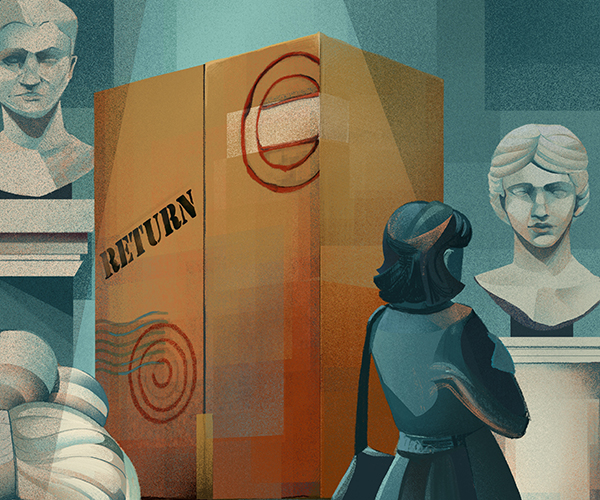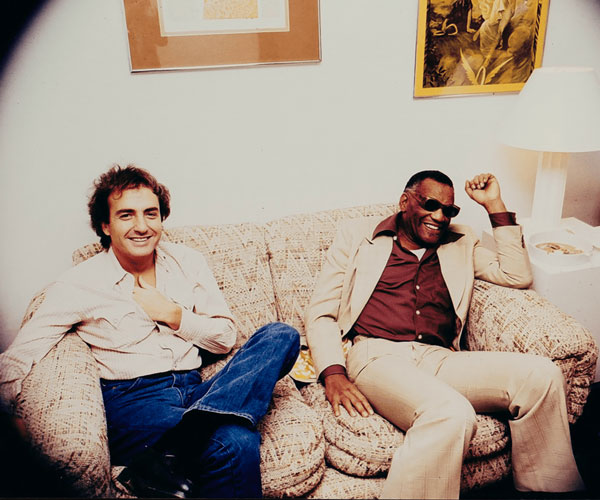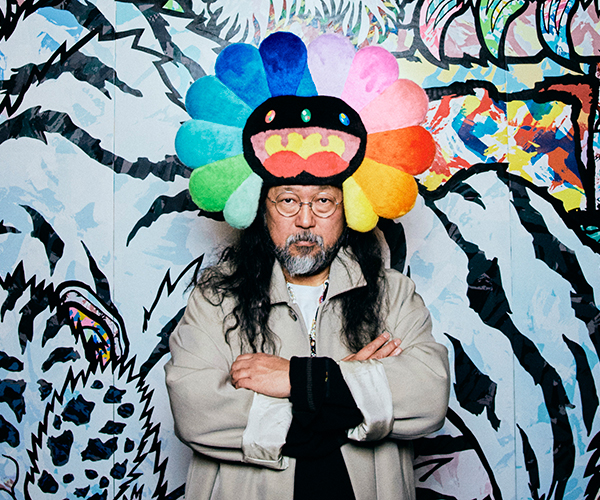Brent Kee Young
Brent Kee Young begins every glass sculpture with an engineer's blueprint and scaled drawing. When the 1987 Cleveland Arts Prize winner — best known for his Fossil Series featuring imprints of fossilized creatures and plants — finds inspiration, he picks up a camera to capture a reference image or a pencil to sketch the idea. "I love artifacts and the history of object-making and wanted to communicate through my work." After a four-decade career as a professor and chair of the glass department at the Cleveland Institute of Art, he retires this month.
Garage Band: When Young arrived at CIA, there wasn't a glass program. But when a student built a glass furnace in the ceramics classroom after attending a summer session at the Pilchuck Glass School, CIA faculty were inspired to launch the department. Young applied and developed the major from scratch. "Our first classes took place in a three-car garage at CIA," Young says.
The Matrix: His inspiration for the Matrix Series, which features more than 60 sculptures of everyday and abstract objects, such as chairs, baskets or boats, overlain with delicate, twisting webs of translucent glass, came from seeing the rebar from a demolished bakery on his route to work. "It was a metal rat's nest," he says. "I began thinking about the curving patterns in nature as well, such as the brain coral reef."
Strong Hold: Created with borosilicate glass rods arranged in an interlocking web pattern, the Matrix Series sculptures are so strong that one of his glass chairs survived an earthquake in Washington several years ago. Yet the complex technique requires intense concentration for up to two months of work. "They are constructed much in the way a canoe may be built [part by part]," explains Young. "It is reasonable to deconstruct and rebuild a section that does not work out visually."
Marc Petrovic
It took Marc Petrovic a few career detours to find his passion. He left veterinary school to enroll in industrial design at the Cleveland Institute of Art. But after taking a glass class, he wanted the more hands-on approach to art. "I'm a get-going kind of person and like to work with my hands," Petrovic says. Twenty-three years later, Petrovic's work has been displayed in places such as the Cleveland Museum of Art and the Niijima Glass Art Center in Tokyo. He rejoins his alma mater this month as the new chair of the glass department.
Perfectly Perched: Nature imagery appears in much of Petrovic's work, but birds have become such a strong influence in his pieces. "I found with birds I could communicate ideas of the individual and their environment, but I could also add and change the ratio of males and females and discuss ideas of partnering and dating and marriage," he says. "Adding a nest would introduce ideas of home and safety. Adding eggs spoke of parenting and nurturing."
Master Work: His Find and Seek series explores the meaning of words and how they impact the viewer. Each piece features glass spheres with letters bubbling in their centers that spell a word. "Brent used to say that the first one's free when you start a new series," Petrovic says. "Turning that first great piece into a series is where the real work begins. Sometimes, you can't and you move on or return to it later."
Vision Maker: Young helped inspire Petrovic to pursue his career in glass art and guide him to try new things. "CIA is not just a how-to-blow-glass vocational school," he says. "We aspire that our students become independent-thinking artists. There's so much students can do with a glass degree that I hadn't known was possible when I started school."



